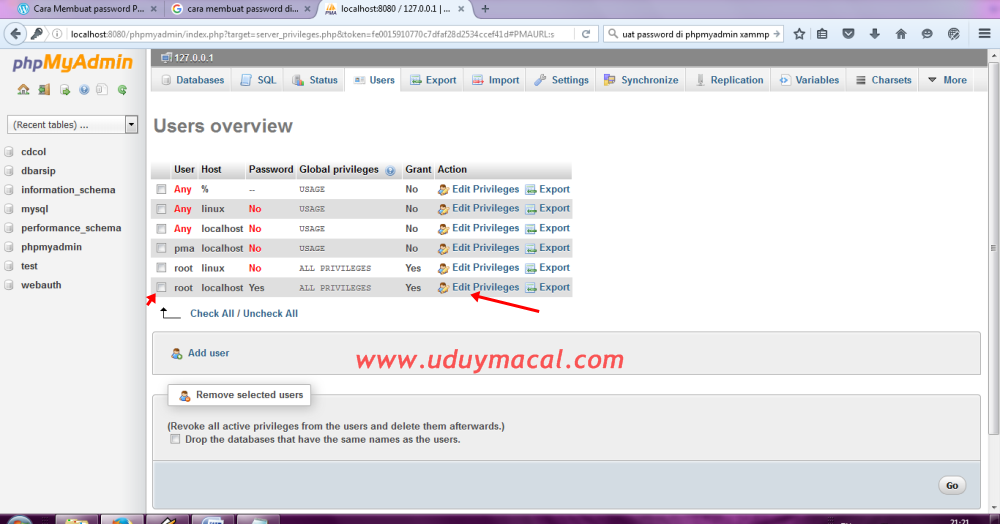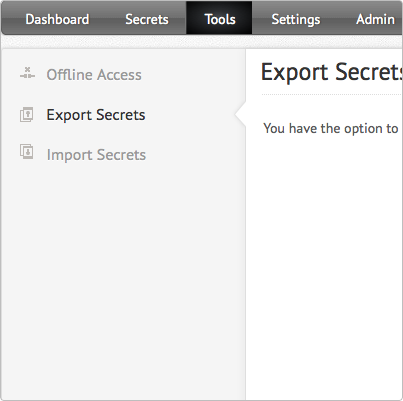

Theory and Methodology of Training, The Key of Atletic Performanc,3th Edition. The next stage is to compare the development of static balance and dynamic balance between big kids boys and girls ages 7s/d12 yearsīompa, Tudor O. In the second stage, after the data has been collected the students performa static balance test using the tes stroke stand  and for dynamic balance test using the floor patern The third phase was after the measurement of static balance and dynamic balance is complete, it can be presente tables and graphs, according to the data of each measurement and the balance and then compared the development of static and dynamic balanceper-ages 7 s/d12 years also gender. The data are the names of students who will perform tests of static balance and dynamic balance. The initial phaseis to collect student data Elementary School (SD) according to the sampling technique used,in whole school elementary school (SD) as Demak regency. The purposeof this study was to determinethe importance ofthe development of static and dynamic balance in young men and the humiliation of women aged 7-12 years inDemak regency.The method was used by the researchersin examine this research is by methods development Cross-sectional study (study the developmentalcross-sectional study ofbalance). You can learn much more at the Joomla! documentation site and on the Joomla! forums.Background of this static balance research and dynamic is to investigatethe development ofstatic and dynamic balancein older childrenages 7to12 years in Demak regency.
Username dan password repository upi how to#
There is much more to learn about how to use Joomla! to create the web site you envision. The same user name and password are used for both sites. You can access the administrator by clicking the "Site Administrator" link on the "User Menu" menu (visible once you login) or by adding /administrator to the end of your domain name. The administrator (also called the back end) is only used by people managing your site. The site (also called the front end) is what visitors to your site will see. Your site actually has two separate sites. More advanced options for templates, site settings, modules, and more are available in the site administrator. You can change some site settings such as the site name and description by clicking on the "Site Settings" link. Always be sure to save and close any module you edit. You can modify modules on the current page by moving your cursor to the module and clicking the edit link. The boxes around the main content of the site are called modules. Click the "Template Settings" in the user menu. You can change the site name, background colour, highlights colour and more by editing the template settings. The look and feel of your site is controlled by a template. You can edit an existing article by clicking on the edit icon (this only displays to users who have the right to edit). To make it easy to find, set the state to published. The new article interface gives you a lot of options, but all you need to do is add a title and put something in the content area. To create a new article, click on the "Submit Article" link on that menu.

Once you are logged-in, a new menu will be visible.

Once logged-in you will be able to create and edit articles and modify some settings. To login to your site use the user name and password that were created as part of the installation process. Joomla! brings together the template and your content to create web pages. The look and feel are created by a template. In this site, the content is stored in a database.
Username dan password repository upi software#
What is a Content Management System?Ī content management system is software that allows you to create and manage webpages easily by separating the creation of your content from the mechanics required to present it on the web. It's easy to get started creating your website. Published: Saturday, 16 November 2013 00:00


 0 kommentar(er)
0 kommentar(er)
